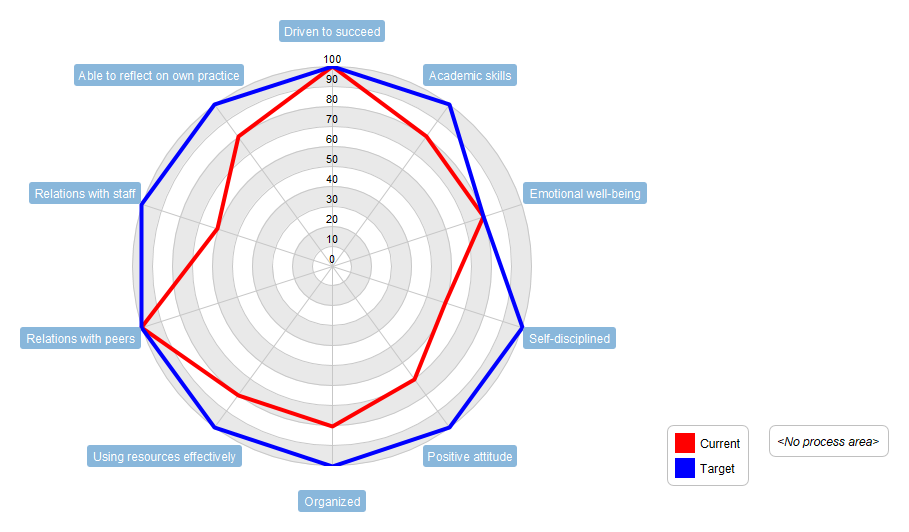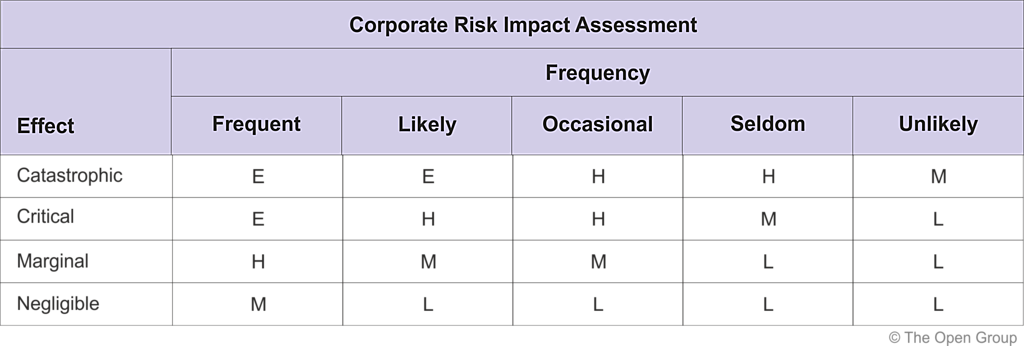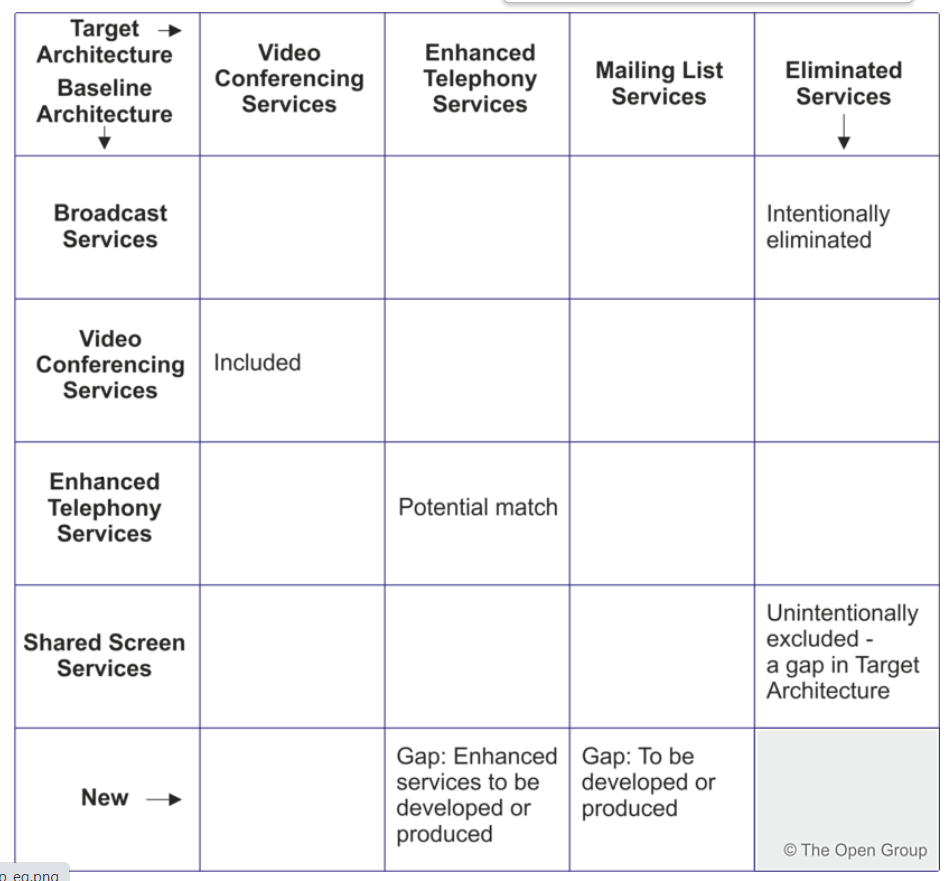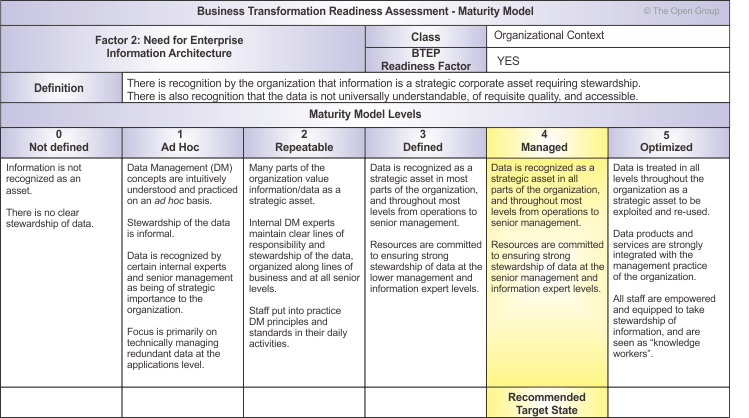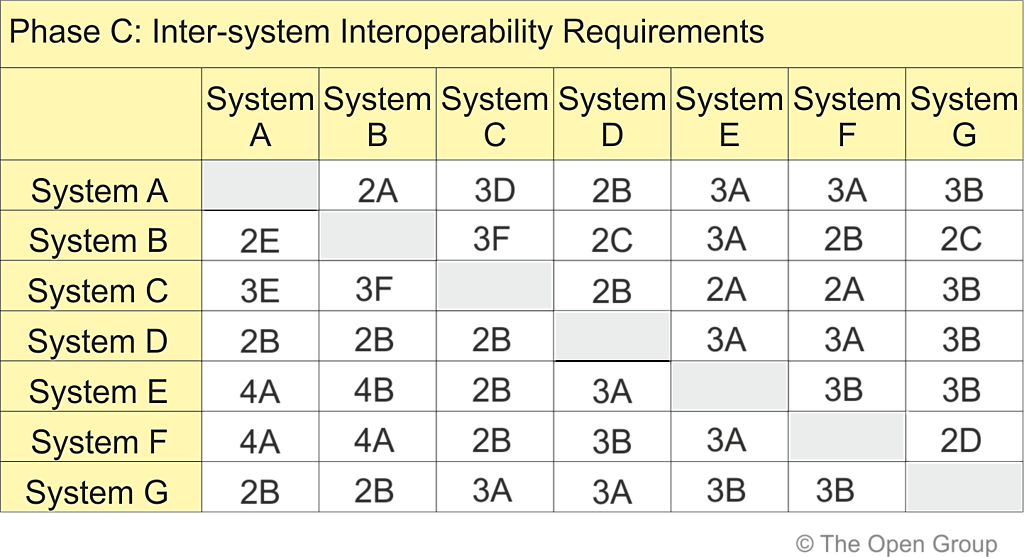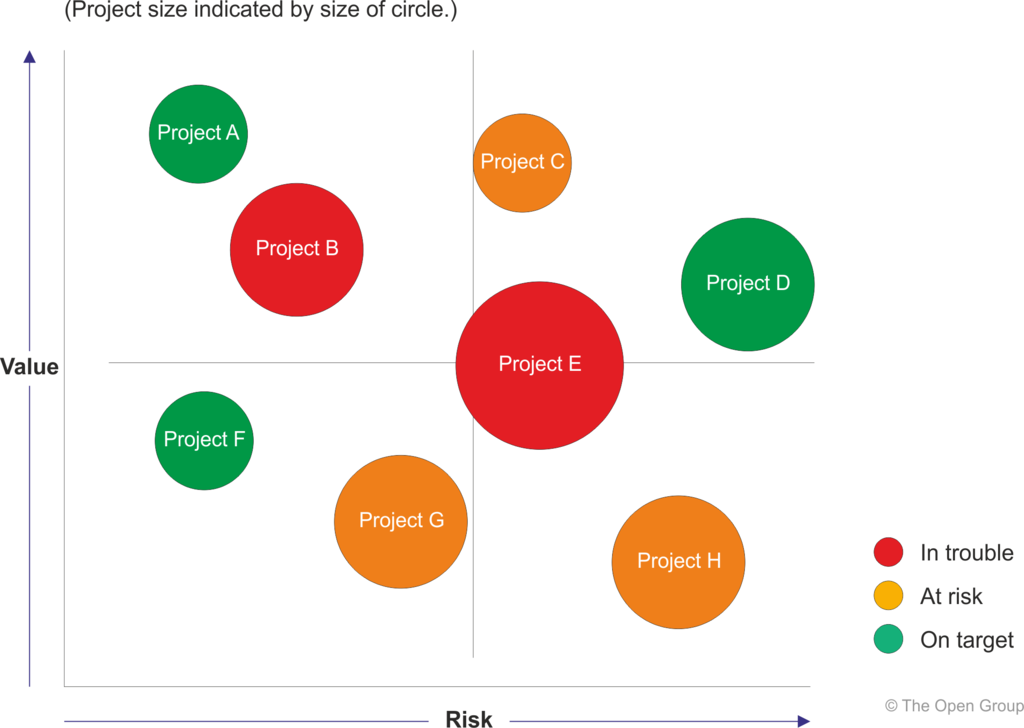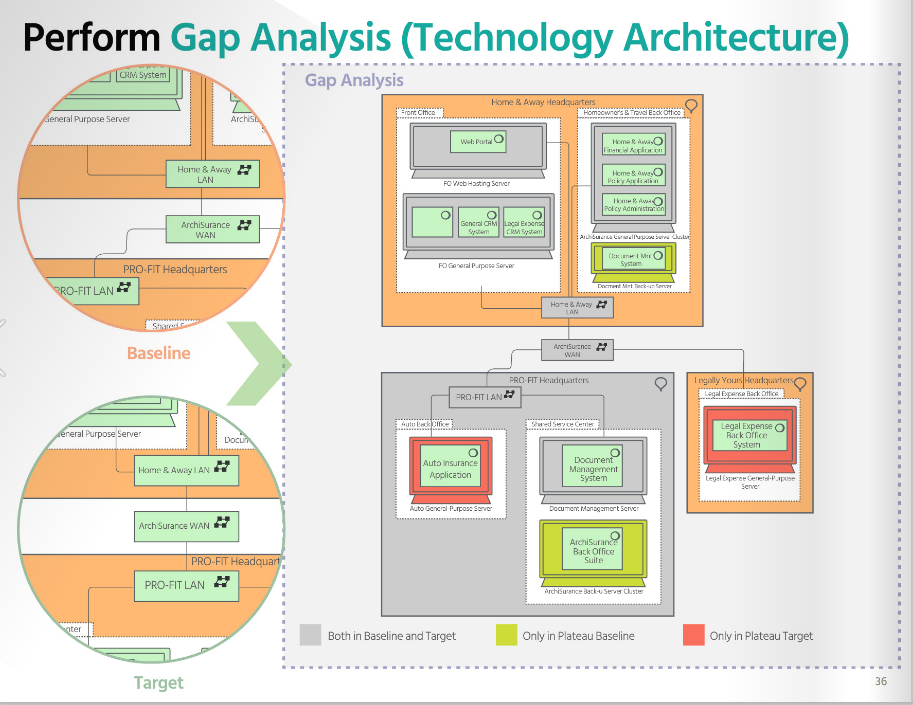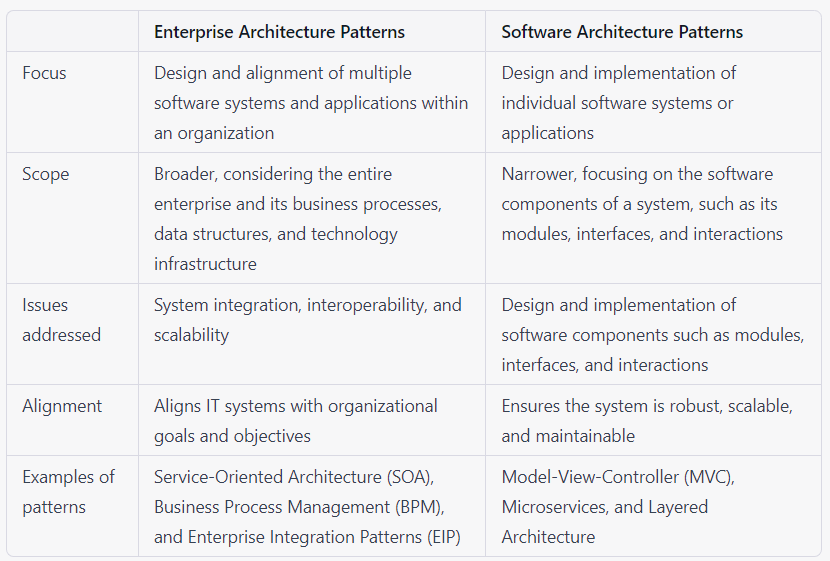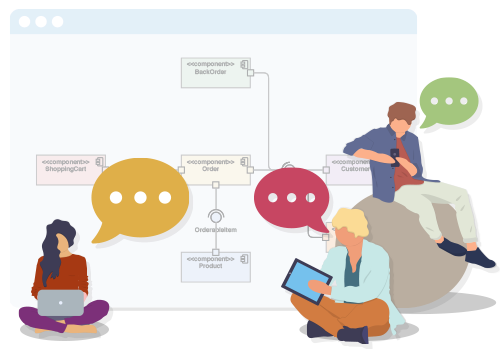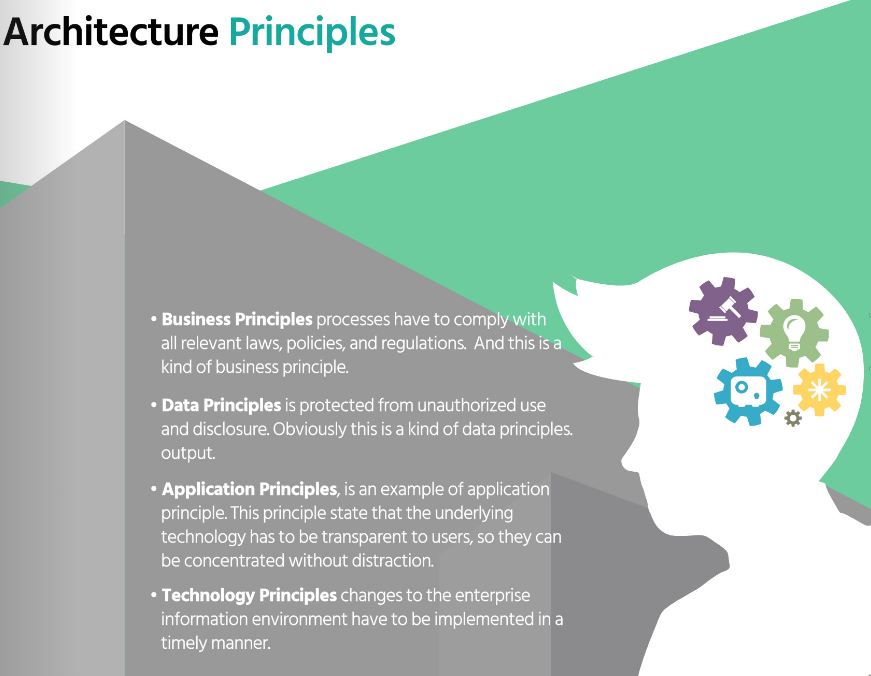Home » Archives for March 2023 » Page 3
Capability-based planning is a business-focused approach to strategic planning that aims to deliver the required capabilities to an organization. It brings together all lines of business to achieve a shared goal, and is particularly useful in organizations where resources are involved in multiple capabilities, such as emergency preparedness units. From an IT perspective, capability-based planning is highly relevant, especially when it comes to setting up a data center. This is because IT architects and planners are often involved in managing not just the IT implementation, but also other tasks such as personnel training…
continue reading →
Risk Management in EA Risks are inevitable in any architecture or business transformation effort, and it is crucial to identify, classify, and mitigate them before embarking on the transformation journey. Effective risk management requires a continuous effort to monitor and track the risks throughout the transformation process, even if the risk triggers are outside the scope of the planners. It's worth emphasizing that the Enterprise Architect is responsible for identifying and mitigating risks, but it is within the governance framework that risks are accepted and managed. Therefore, it is necessary to establish a…
continue reading →
Why Validating GAP Analysis For EA Gap analysis is a commonly utilized technique across various industries and areas, particularly in enterprise architecture. This article assumes prior knowledge of gap analysis and does not aim to provide a comprehensive introduction to the concept, as ample resources are available in literature. Instead, the focus is on a crucial aspect of validating an architecture - identifying any omissions. An architecture must effectively address all of the organization's essential information processing needs. To achieve this, it is imperative to consider potential gaps that may have been overlooked.…
continue reading →
Business Transformation Readiness Assessment The successful implementation of architecture transformation requires a comprehensive understanding of an organization's readiness to change. This readiness assessment process involves identifying and evaluating the factors that affect an organization's ability to adapt to new technology, processes, and workflows. The following are the recommended activities in assessing an organization's readiness to address business transformation: Determine the readiness factors that will impact the organization: This involves identifying the various factors that influence an organization's readiness to change, such as its culture, leadership style, structure, processes, and technology infrastructure. These factors…
continue reading →
Interoperability Requirements in Organizations and Extended Enterprises Defining the degree of interoperability required for sharing information and services is important in complex organizations or extended enterprises, as it helps to establish clear architectural requirements for the systems and stakeholders involved. By setting clear interoperability goals, organizations can ensure that their systems and stakeholders are able to effectively communicate and exchange information in a standardized and efficient manner, which can ultimately lead to improved productivity and reduced costs. Information Systems Interoperability Matrix (ISIM) in TOGAF The Information Systems Interoperability Matrix (ISIM) is a part…
continue reading →
The Migration Planning Techniques in TOGAF provide a structured approach to assessing and planning the implementation and migration of the Enterprise Architecture. By using these techniques, architects can ensure that the plans are comprehensive and aligned with the business objectives, while also taking into account the constraints and dependencies that may impact the implementation. Each technique has its own specific purpose and can be used in different phases of the migration planning process. For example, the Implementation Factor Assessment and Deduction matrix can help to identify and document the factors that impact the…
continue reading →
What is a Gap Analysis A Gap Analysis is a process that identifies the difference between the current state and the desired future state of an organization in terms of its processes, capabilities, and technology. The purpose of a Gap Analysis is to identify areas where improvements are needed to achieve the desired future state. In the context of the TOGAF (The Open Group Architecture Framework) Architecture Development Method (ADM), Gap Analysis is an important technique used in the Architecture Vision phase. During this phase, the organization's strategic objectives and goals are identified,…
continue reading →
In the field of enterprise architecture, Architecture Patterns are an important tool for building effective solutions to common problems. Patterns offer a way to put building blocks into context, and can provide architects with a blueprint for designing solutions that have been proven to work in the past. In this article, we explore the concept of Architecture Patterns in the context of the TOGAF ADM, and provide an example of an Architecture Pattern in the business application development context. What are Architecture Patterns A "pattern" has been defined as: "an idea that has…
continue reading →
A Guide to Winning Support for Your Architecture Projects: Stakeholder Management Successful enterprise architecture requires the support of a wide range of stakeholders, including business leaders, IT professionals, and end-users. The ability to effectively manage these stakeholders is critical to the success of any architecture project. In this article, we will explore stakeholder management in the context of The Open Group Architecture Framework (TOGAF) ADM, and provide a guide for architecture practitioners to win support for their projects. Understanding Stakeholder Management in TOGAF ADM Stakeholder management is the process of identifying, understanding, and…
continue reading →
Enterprise architecture (EA) is a critical discipline that enables organizations to design and implement effective IT strategies that align with their business goals and objectives. A key component of any EA project is the development of architecture principles, which provide guidance on the design and implementation of the enterprise architecture. Architecture principles define the fundamental values and guidelines that should be followed when making decisions about the architecture, including decisions about business processes, data management, application design, and technology selection. In this article, we will explore some best practices for writing effective architecture…
continue reading →

